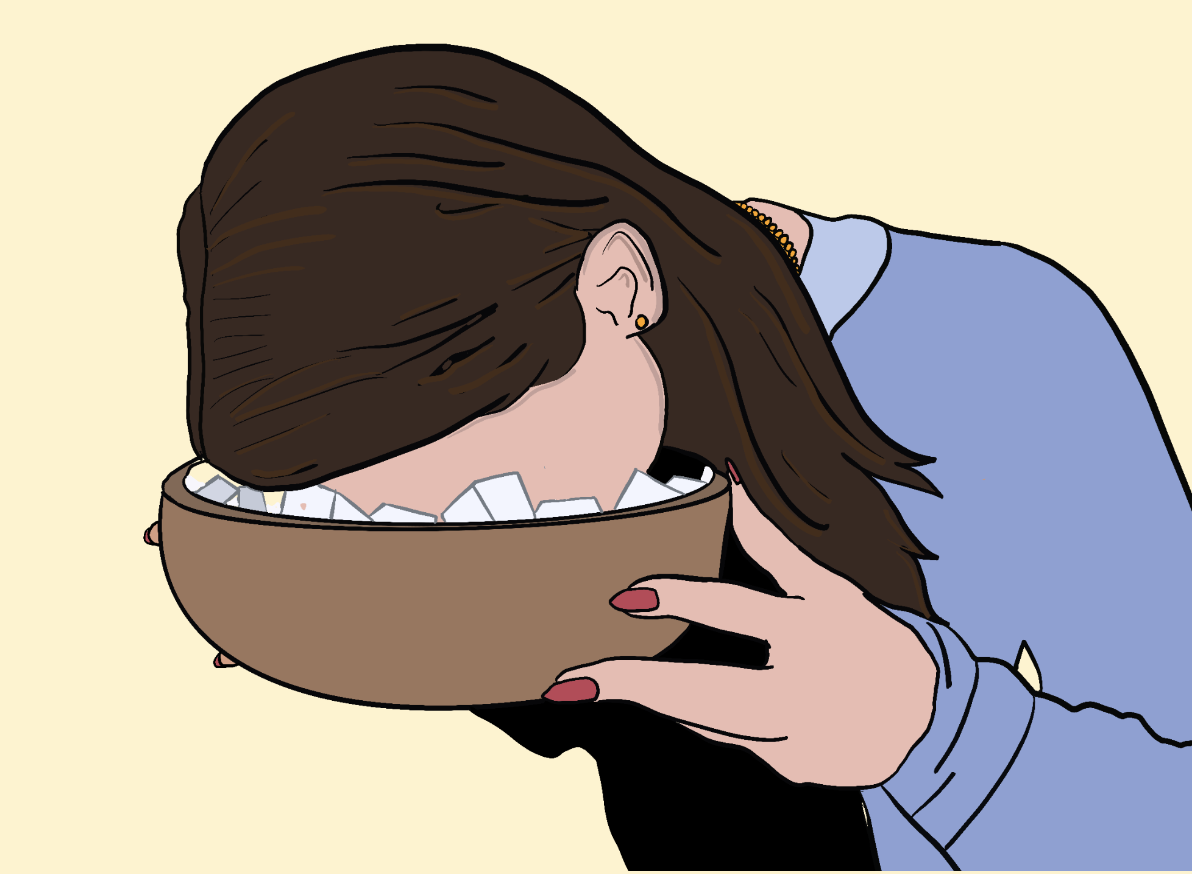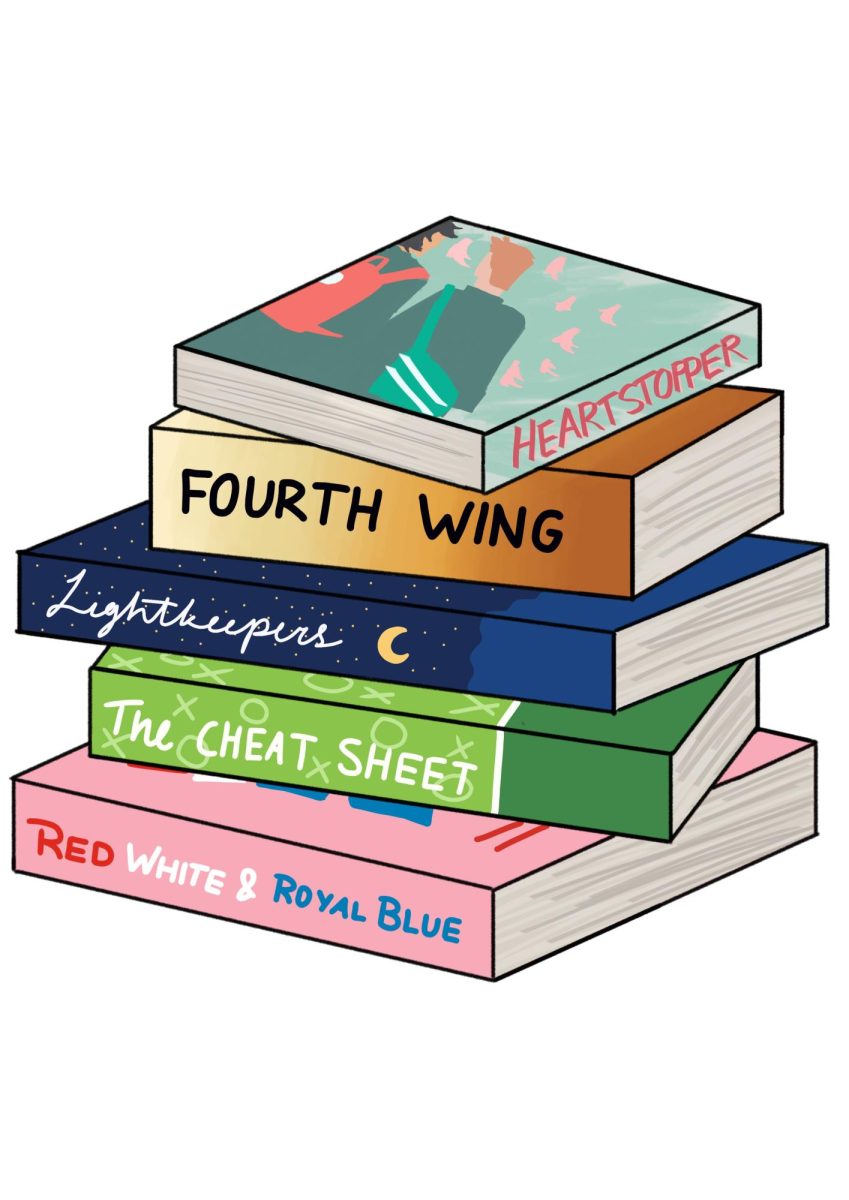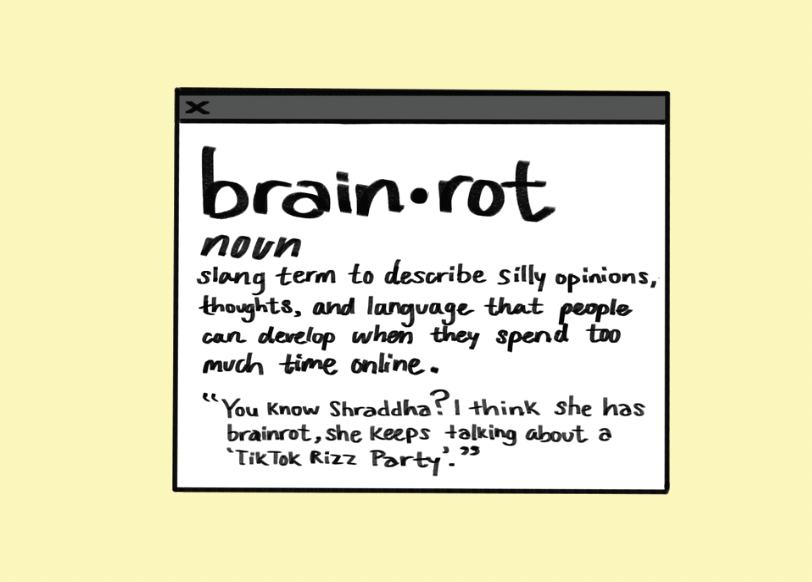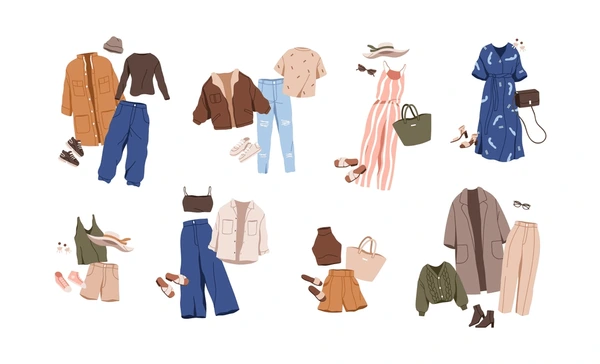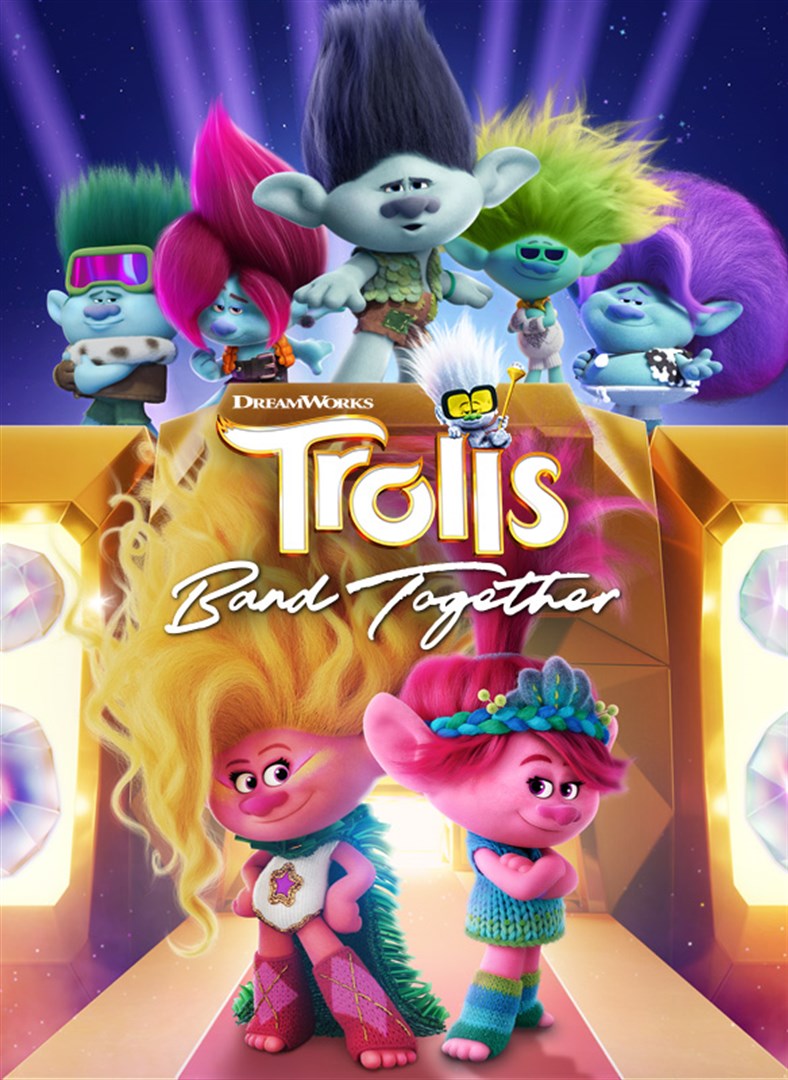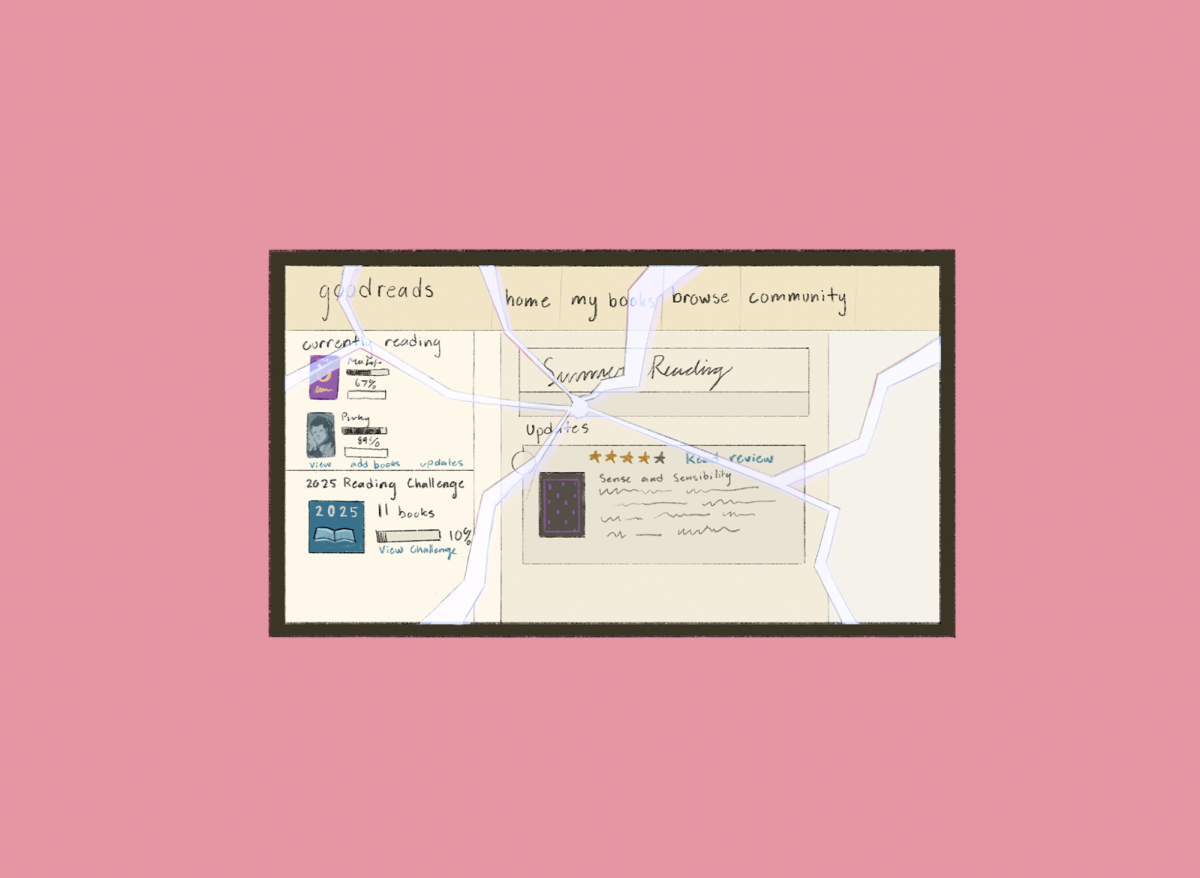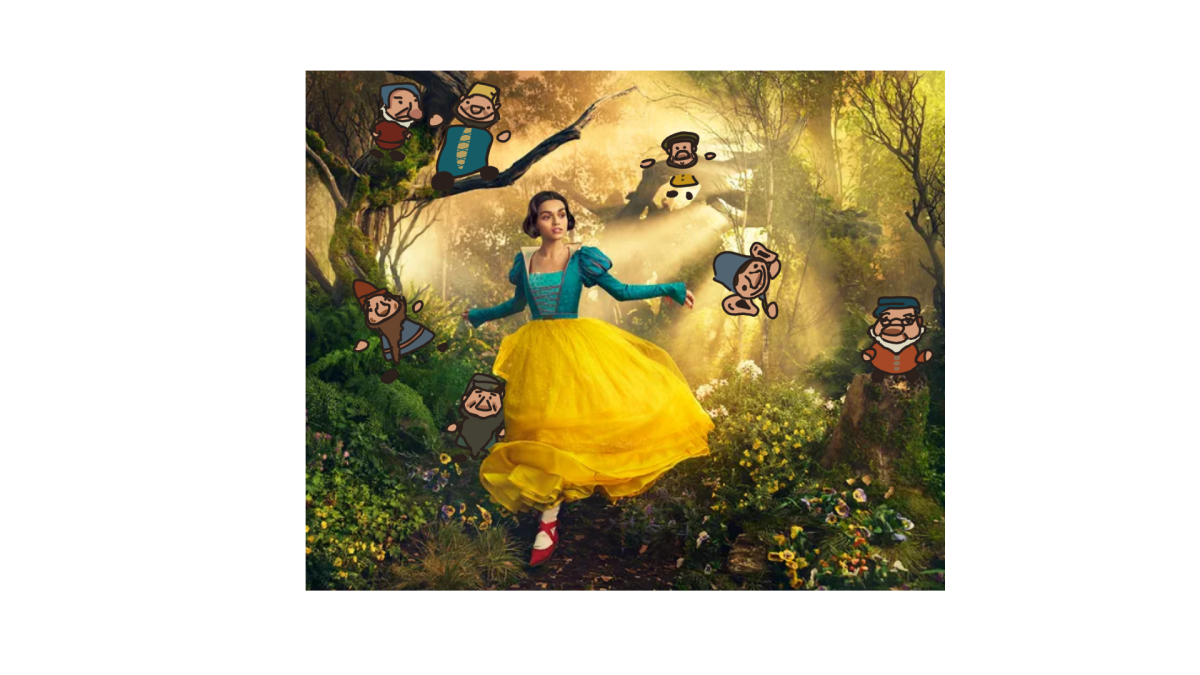The clean girl aesthetic has taken social media by storm. This look is meant to make someone appear as if they are wearing no makeup and are effortlessly put together and perfect all of the time. Slicked back buns, minimalist outfits and flawless skin make up the clean girl look. Not only does this trend set unreasonable standards but it also is extremely exclusionary and toxic.
The clean girl aesthetic is a prevalent example of how cultural appropriation within social media trends goes unacknowledged. The women who popularized this trend, Bella Hadid and Hailey Bieber, are both white women that appeal to Western beauty standards. They are often looked up to as “style icons,” but these women were not the creators of the statement looks that define the clean girl aesthetic. The women of color who created this look before it became a trend were often ridiculed for it and were considered “ugly” or “dirty.” The staples of a slicked-back bun, glossy lips and gold hoop earrings were all historically created by Black, Hispanic and South Asian women, but the trailblazers of this current trend are predominantly white. This proves that the perpetuation of Eurocentric beauty standards in society came from society looking down on people of color’s customs until a white person gentrifies them and takes credit for it.
The trend itself is dominated by thin white women who can afford to live the effortless and luxe clean girl lifestyle. This trend promotes expensive brands and products that are deemed as “must-haves” to achieve this look. The idea that there are clean girl must-haves ostracizes those who cannot afford the products. It is a blatant form of consumerism masked in the idea that if you spend money on certain products, you will have the potential to attain the look of perfection. However, this look has evolved into more than just makeup, as it has become an all-consuming lifestyle.
The recognition that white women receive for popularizing and promoting this look connects back to the beauty standard of being “clean” and minimalistic equating to femininity. It connotes everyone who is not endorsing it as “dirty” through setting exclusionary standards. A clean girl has flawless glass skin, so those who have texture, hyperpigmentation, acne, freckles or moles cannot participate in this trend. If you wear makeup, it has to be minimal and appear as if you are not wearing any. Your hair must be smooth and slicked back or else you are not fully committing to the look. This demanding set of expectations is attached to the broader idea of minimalism and makes it appear as though no effort was put into appearing perfect in every aspect of your way of life, which is unrealistic and unattainable for most.
Making time in your busy schedule to commit to being a clean girl means centering ideas of fitness and wellness throughout your daily life. A typical day in the life of a clean girl includes doing an extensive skin care routine and minimal makeup and committing their day to self wellness practices such as meditation. Clean girls do pilates and yoga and follow their workouts with overpriced salads or açaí bowls and a matcha to wind down. This lifestyle is only meant for a certain demographic as women with families or demanding jobs could not be able to sustain themselves through this lifestyle.
The clean girl aesthetic may seem like just another micro-trend, but in reality, it is a part of a much larger pattern of cultural appropriation and the revamping of the same Eurocentric standards of beauty. The much larger impact of fads like the clean girl aesthetic is the institutionalized idea of what beauty is and how it is made to exclude and alienate POC in our society.


